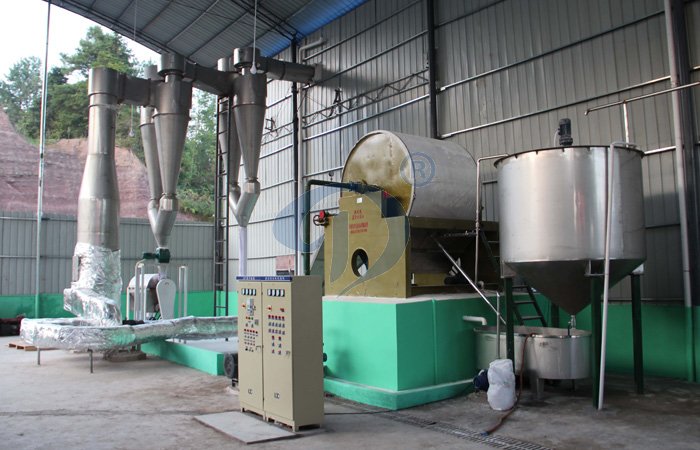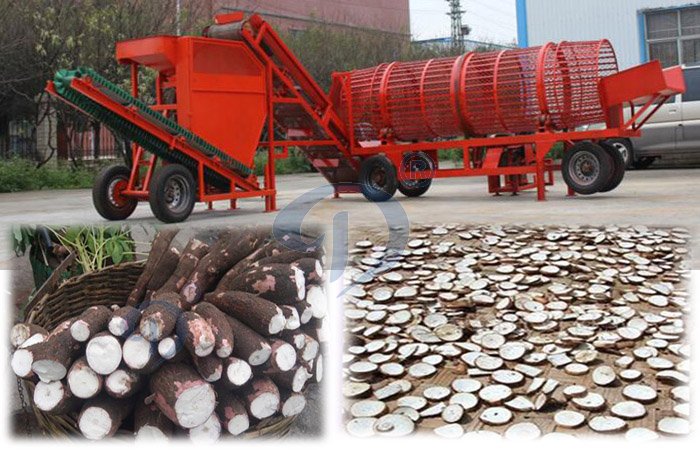What is the main ways of cassava products consumption?
There are main three ways of cassava consumption as following:
Fresh cassava roots consumption for human consumption:
In Kerala state of India, as well as in the Philippines, Cambodia, Laos and East Timor, fresh cassava roots are consumed directly after boiling or roasting. In most other parts of Asia cassava is not consumed as fresh roots, but only after some form of processing.

Cassava starch processing machine
Cassava starch and cassava flour consumption for human:
The simplest and most common form of processing, used widely in Indonesia, is to peel the roots, wash and slice and then sun dry for 2 to 3 days to produce dry cassava chips or chunks, on Indonesia know as gaplek. Gaplek can be stored and is traded in village markets. When needed, the dry root pieces are pounded into a flour, which is shaken on a bamboo screen with some water to produce granules, called tiwul. The size and shape of these granules is similat to rice grains and the tiwul is often cooked together with rice to extend the family’s limited supply of rice. Presently, small processing plants in Indonesia buy fresh roots to be processed directly into various flour mixes (supplemented with Vitamins and flavors) as well as semi-cooked instant tiwul. These are mainly destined for urban consumers.

cassava chips machine and cassava chips
Cassava chips and pellets consumption for animal feed:
Up until very recently, cassava chips and pellets were the mainstay of the Thai tapioca trade, mainly for export to Europe. Fresh cassava roots are taken in small trucks from, varying in size from about 0.5 ha to as large as 30 ha. They are scattered all through the cassava growing regions. Using a tractor mounted front loader, cassava roots are piled up and loaded into large electric or diesel powered chipping machines. The chipped roots are then spared evenly over the concrete floor and left there for 2 to 3 days of sun drying. The chips are turned regularly using a rake mounted under a tractor or motor vehicle. When dry (about 14 to 15% moisture content) the chips are gathered by a tractor with blade and pushed into piles. These dried chips are then taken by truck to the pelleting factories, where the chips are ground up into meal, mixed with a little palm oil and steam and then extruded through a die in the pelleting machine. After cooling, the resulting products consists of small hard sticks, about 2 cm long and 0.5 cm in diameter. These compressed pellets are ideal for long distance transport, even as far away as Europe. Pelleting reduces the volume (saving transport costs) and the dust, as compared to dried chips. Normally, one tonne of fresh roots produces 450kg of hips or 440kg of hard pellets.
Our company could supply the complete cassava starch plant, the cassava flour processing plant, garri processing plant, as well as the cassava chips plant.
PREV:Could cassava flour used for making bread?
NEXT:What are the expanding of cassava used for food manufacturing?




